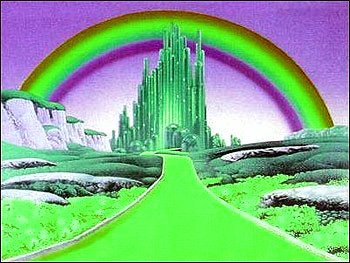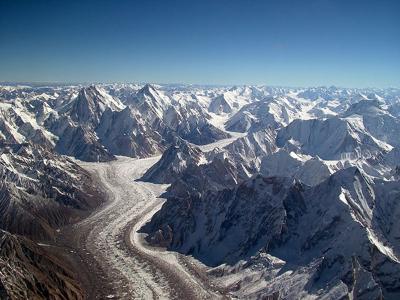learn about air quality
I think kids should learn more about this in their s.o.s.e lesson because it is an important thing to learn about so our ozone layer. If we learn about it might save some years later on.
Barry's Response - I hope they're already learning about environmental issues and air quality. Science and social studies classes should cover these topics in enough detail for students to understand them. Then we'll be empowered to change them.
SOSE, Studies of Society and Environment (usually), is the subject previous generations referred to as Social Studies in some educational systems. Our focus is on the interactions between people, social groups, and societies, people and the environment, and how we behave in them.
It's common to see environmental sciences and geography grouped together. What do people do with their land and resources? Including cartography (making maps), history, and even meteorology.
Related output includes urban planning, GIS and GPS databases, social / geographical statistics, to name a few. This group of disciplines can also be called human geography.
My environmental projects, like EIAs, incorporate many disciplines, which falls under Environmental Social Science. In addition to historical / archeological resources and physical environment studies, it can include socio-economic impacts.
Search this site for more information now.
I appreciate the concern for teaching kids about air quality and its impact on the ozone layer.
As our younger generations will be facing the consequences of environmental issues in the future, it's crucial to educate them about them.
The state of our ozone layer and air quality are complex topics that deserve attention in schools. Our students can make informed decisions and take responsible actions to preserve our environment if they learn about these subjects.
By integrating such lessons into social studies or science classes, like Social Studies of Environment (S.O.S.E), students can grasp the broader social, economic, and political aspects of environmental conservation. Our holistic approach encourages critical thinking and a deeper understanding of our challenges.
I also think it's important to maintain a balanced approach to education. It's important to present a variety of perspectives and scientific research when teaching about air quality and the ozone layer. By doing this, students get a well-rounded understanding of the topic, including differing viewpoints and possible policy solutions.
We can empower the next generation to contribute to meaningful and sustainable solutions while respecting individual liberties and free-market principles by fostering an environment of open discourse and critical thinking.
It's commendable to teach kids about air quality and its impact on the ozone layer. A comprehensive education on this subject will equip students with the knowledge and tools to deal with environmental challenges responsibly while preserving important values and principles.
Do you have concerns about air pollution in your area??
Perhaps modelling air pollution will provide the answers to your question.
That is what I do on a full-time basis. Find out if it is necessary for your project.
Have your Say...
on the StuffintheAir facebook page
Other topics listed in these guides:
The Stuff-in-the-Air Site Map
And,
Thank you to my research and writing assistants, ChatGPT and WordTune, as well as Wombo and others for the images.
GPT-4, OpenAI's large-scale language generation model (and others provided by Google and Meta), helped generate this text. As soon as draft language is generated, the author reviews, edits, and revises it to their own liking and is responsible for the content.



